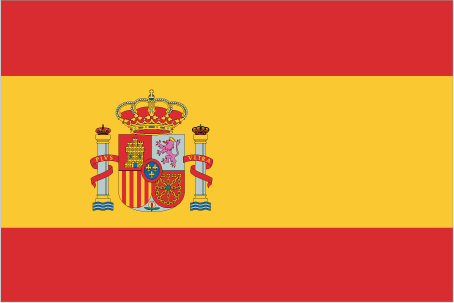Introduction to Payments

Access trade, receivables and supply chain finance
We assist companies to access trade and receivables finance through our relationships with 270+ banks, funds and alternative finance houses.
Get startedContent
Introduction to Payments Hub
Welcome to the TFG Payments Hub, a comprehensive resource centre dedicated to the multifaceted world of payments and treasury management. This hub is designed to cater to professionals in banking, corporate sectors, and payment vendors, offering a wealth of knowledge on various facets of the payments landscape.
Our content covers critical areas such as infrastructure support, cross-border transactions, clearing house operations, and diverse payment methods & processing techniques.
The world of payments can be multifaceted and complex, which is why we aim to break down the impact of emerging technologies on the payments landscape, the significance of cash access, and the evolving regulations & standards governing the industry.
FAQ
Publishing Partners
- Payments Resources
- All Payments Topics
- Podcasts
- Videos
- Conferences














